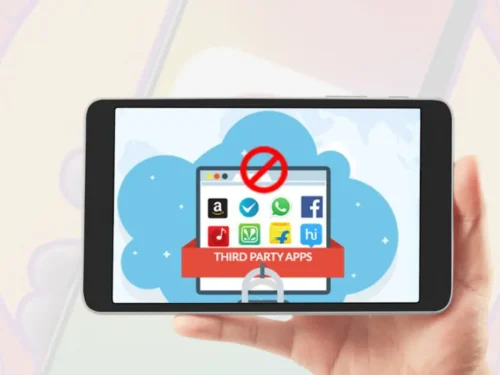A Look Ahead: Convergence Of Linear TV And Digital TV Advertising
Digital and Linear TV advertising – two culturally and technologically distinct ecosystems – are merging to increase the effectiveness of marketing to consumers.
The shift from traditional linear television to connected television (CTV) and video-on-demand options has made it difficult for advertisers to reach mass audiences. Intriguingly, some of the same techniques used for converting television viewers to digital audiences can be applied to converting addressable digital inventory into non-addressable inventory.
Interesting Read: Connected TV Explained: The Essential Glossary Of CTV
Machine Learning and Data Automation
Advertising technology(adtech) companies are one of the first to adopt big data, machine learning, and artificial intelligence. One of the reasons is that websites and apps generate enormous data that advertisers can utilize to achieve their quantifiable goals. To leverage this, automation is the key aspect in performance advertising. It is the most feasible economically logical step for marketers. Thus, small and big ad tech companies have embraced machine learning on a large scale successfully to attract customers and increase ROI.
On the other hand, TV advertising continues using conventional methods and relies on billboard data to understand the advertising reach. Even though the data is modeled but it is not as responsive as the techniques used in digital advertising.
As machine learning is not compatible with small and medium-sized data sets, advertisers are using moving to other innovative methods for TV ads. Data-Driven Linear Purchasing(DDL) is gaining momentum as it combines the precision of digital and the reach of TV. It leverages automation and data to target audiences on national linear TV. The method may not be at par with machine learning but optimizing DDL campaigns require accurate prediction and efficient complex procedures.
Interesting Read: AdTech Vs MarTech: Let’s Settle This Once For All!
Performance Measurement
The performance measurement is similar between the two media. In contrast to digital advertising, where convergent events are used to train sophisticated and supervised learning models, TV advertising is more difficult to measure. Nevertheless, Savvy TV buyers have various other ways to improve the buy like web and app analytics, group surveys, and more.
Despite TV advertising embracing the data value, digital advertising has been heavily criticized for using excessive amounts of data. As a result, government and industry privacy regulations have eliminated many of the drivers of machine learning techniques including the individual-level identifiers used during transactional events and advertising exposures.
The Road Ahead For Advertising
What is in store for advertisers after the privacy regulations?
Advertising technology (AdTech) companies can develop technology to learn from data samples, analyze that data based on context, and apply those findings to power buyers and sellers.
There is still enormous digital data despite changes in privacy policies. Advertisers should concentrate on targeting based on context and so machine learning is likely to be part of any solution. However, in television advertising, data scientists will have to prudently balance the statistical outputs of the models. Identifying and targeting audiences will remain a challenge for the advertising industry. In the meantime, data scientists who meld the best technologies from digital and television advertising can deploy powerful and accurate targeting in a more privacy-conscious world.
Interesting Read: The Ultimate A-Z Glossary Of Digital Advertising!
Author Profile

- Neha Mehta
- Neha started her journey as a financial professional but soon realized her passion for writing and is now living her dreams as a content writer. Her goal is to enlighten the audience on various topics through her writing and in-depth research. She is geeky and friendly. When not busy writing, she is spending time with her little one or travelling.
Latest Posts
 Interview and Guest PostJuly 19, 2024Navigating Ad Tech: Equativ’s Jacqueline Chua’s Strategic Insights
Interview and Guest PostJuly 19, 2024Navigating Ad Tech: Equativ’s Jacqueline Chua’s Strategic Insights Interview and Guest PostJune 21, 2024CTV Exploration: Chandrahas Shetty, Demand Facilitation Lead, India, On Growth And Privacy
Interview and Guest PostJune 21, 2024CTV Exploration: Chandrahas Shetty, Demand Facilitation Lead, India, On Growth And Privacy Interview and Guest PostJune 14, 2024Advertising Evolution: Rasha El-Ghoussaini on Snap Inc.
Interview and Guest PostJune 14, 2024Advertising Evolution: Rasha El-Ghoussaini on Snap Inc. Interview and Guest PostJune 5, 2024Navigating Digital Waves: Shrenik Gandhi’s Journey with WRM
Interview and Guest PostJune 5, 2024Navigating Digital Waves: Shrenik Gandhi’s Journey with WRM










